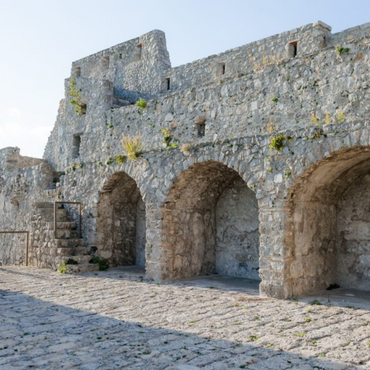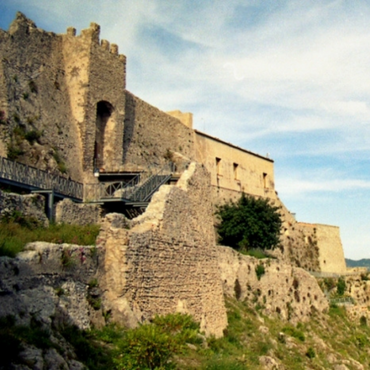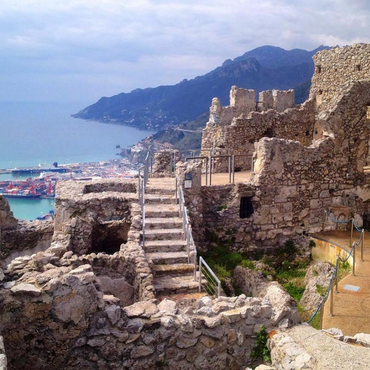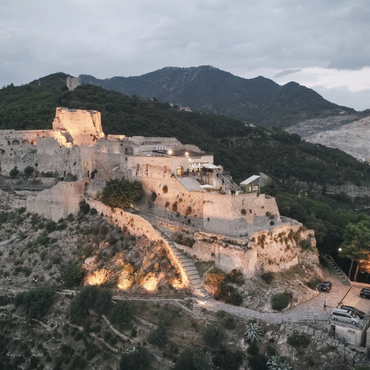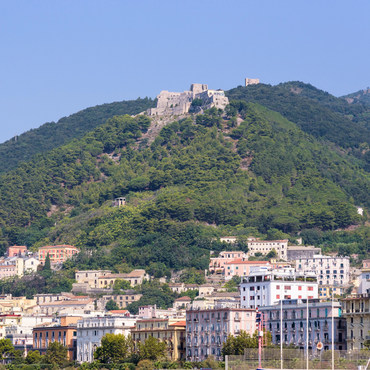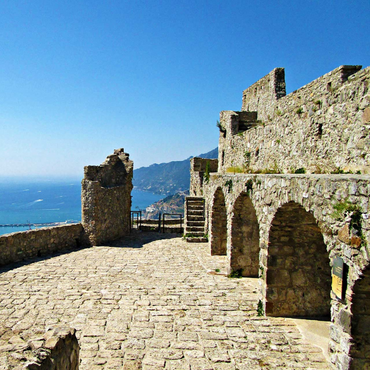Medieval Castle of Arechi
The building of a symbol
The origins of the Castle of Salerno, located on the top of Mount Bonadies (or Buongiorno, because it’s the first point of the city illuminated by the morning sun) and which today is named after the Lombard prince Arechi II, can be traced back to Roman times. Tito Livio refers to an ancient "castrum" as early as 197 BC. This first fortress had the purpose of controlling the Picentini, a community coming from central Italy and transplanted by the Romans near the current city of Pontecagnano.
Only in the sixth century AD. however, the first real quadrangular fortification was built, the so-called "turris maior", which overlooked the city. It is the work of the Byzantine general Narsete, engaged in driving the Goths away from the peninsula.
The tower represents the highest point of a mighty wall system that embraces and protects the city, allowing access through six gates: Porta Rotese, Porta Elina, Porta Rateprandi, Porta di Mare, Porta Nocerina and Porta Respizzi.
The Norman Robert the Guiscard is the only one who manages to conquer the Castle, in 1077.
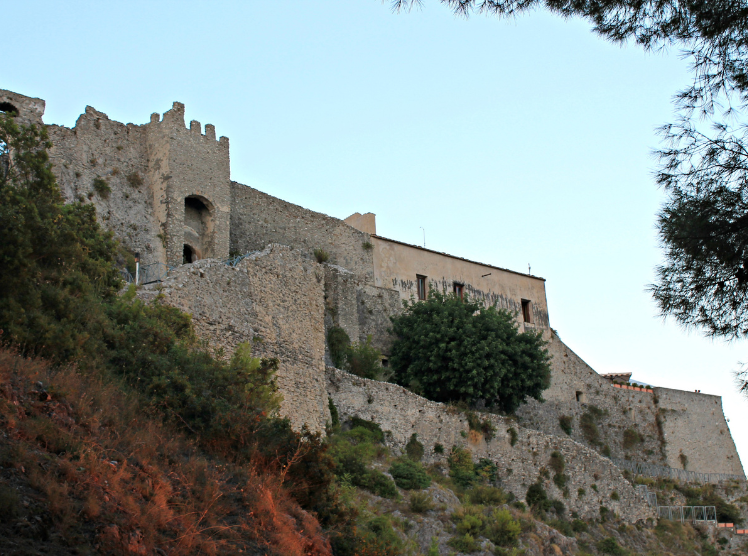
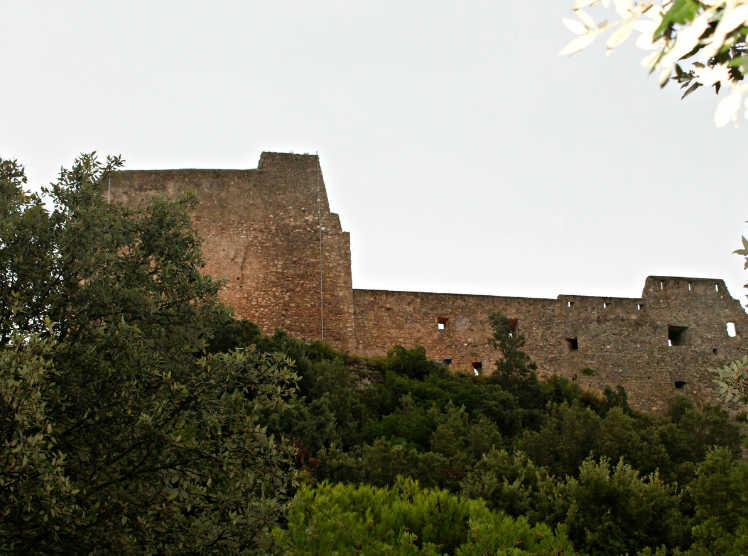
Longobard Salerno governed by Arechi II
The period of maximum splendor of the Castle dates back, however, to the time of the Lombard prince Arechi II, who decided to settle in Salerno. The walls were fortified and Salerno embellished: the prince had a sumptuous palace built in the city, within which even a church was built and dedicated to Saints Peter and Paul (today the only a part of the palace that has survived). At that time, the Castle could boast stables, kitchens, a chapel and lodgings for the aristocrats, not to mention several dungeons and torture cells, which will earn it the nickname of "castellaccio".
A popular legend tells that from the castle, through one of these mysterious underground caves, a tunnel would lead down to Forte La Carnale, or Torrione, from which the neighborhood takes its name. It would be more plausible to imagine that the Castle was connected to another tower, much closer, called the Bastille.
There are many objects found during the archaeological surveys, which testify the double face of the history of this Castle, which had a military but more often residential designation. There are a lot of ceramics and tableware, glass bottles, metal objects of daily use and some of military nature (including two spears, a piece of mace, a wheel spur and several arrowheads).

